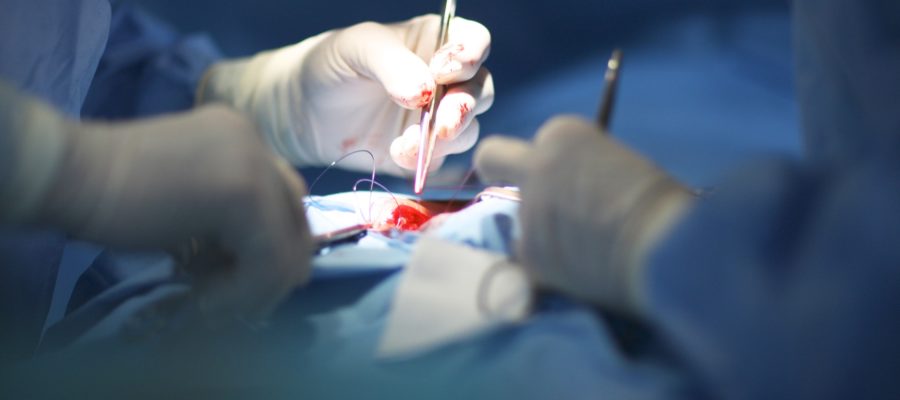The Plastic Surgeon has a primary role in post-traumatic reconstruction of skin and soft tissues. This surgery is essential to restore functionality, to allow bone healing, reconstruct soft tissues and to perform an aesthetic reconstruction.
Plastic Surgery is effectively applied to the following cases:
- Fractures with severe soft tissue damage
- Blunt trauma
- Extensive scarring
Fractures with severe soft tissue damage
A bone fracture is able to compromise heavily soft tissues, all the more in case of exposed fractures. In this case the damage is more extensive and not immediately quantifiable after trauma.
The reconstruction is essential to allow healing of soft tissues and bone. This surgery could also restore the functionality of muscles or muscle groups damaged by the trauma.
Blunt trauma
Blunt trauma could produce a variable damage of skin and underlying soft tissues, including muscles, vessels, nerves and tendons. The visible lesion is therefore the tip of the iceberg. A correct reconstructive strategy restores a lost functionality, soft tissues and skin integrity.
Extensive scarring
Plastic Surgery is able to treat the immediate consequences of trauma with an extensive soft tissues reconstruction and the late consequences like scarring.
Often a scar or an extensive scar area may be aesthetically and functionally limiting (e.g. contractures and adhesions with the underlying muscles and tendons could severely impair movements).
To learn more about surgical correction of scars, click here.



